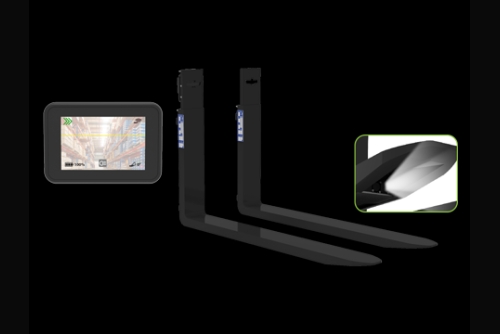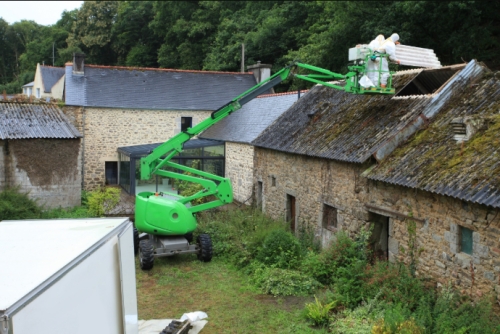Forklifts don’t ask for much other than regular care and the occasional replacement part to stay productive. But when forklift parts wear out, the whole operation slows to a crawl. Forklift parts are the unsung pieces that keep any warehouse or yard humming. With that benign said, let’s walk through which parts most often get swapped out and why ignoring them is a terrible idea.
● Forklift Tires
Tires don’t scream for attention, but they’re among the first to wear down. Hard rubber or pneumatic, they take a beating every shift. Damaged tires mess with balance, reduce traction, and can affect lifting capacity.
Worn treads, flat spots, or chunking should not be shrugged off. Poor tire condition increases operator fatigue and boosts the risk of tipping. These are both things you really don’t want in your workday.
● Brake Components
When a forklift’s brake pedal feels soft, you’re not imagining things. Brake shoes, pads, and drums take daily punishment. Operators need fast and precise stopping power, especially in tight aisles or around pedestrians.
Letting brakes degrade isn’t just lazy but also unsafe. When stopping distance increases, so does the list of things that could go wrong. Replace them at the first sign of slippage or squealing.
● Forks
It’s surprising how many forklifts run around with chipped or bent forks. Over time, even thick steel bends under repeated stress, especially when the loads aren’t properly distributed. Cracks, uneven thickness, or wear at the heels are all red flags.
IF the forks fail, it is not a minor inconvenience but a full-blown hazard. Replacing them before they become a liability is just smart maintenance.
● Chains and Mast Rollers
The mast gets a workout with every fit. Chains and rollers do the grunt work here; both wear gradually. If lifting starts to feel uneven or jerky, they should be inspected. Chains should sit snugly, and rollers shouldn't rattle or bind.
Neglect leads to unpredictable load movement, and nobody wants their cargo doing a surprise jump in the air.
● Batteries and Connectors
For electric forklifts, the battery is the heartbeat. Weak batteries cut shifts short and leave machines stranded. But it’s not just about charging but also about corroded and cracked connectors.
Routine checks can avoid these problems. But once performance dips, do not drag your feet. A failing battery doesn’t just reduce runtime; it can short out other components, too.
● Hydraulic Hoses and Seals
Hydraulics move the forks, lift the mast, and make those hefty loads manageable. Hoses and seals in this system face pressure and wear every single day. Cracks, leaks, or softness in hoses are warning signs. Failing to replace a worn-out hose can result in hydraulic fluid leaks, reduced lifting power, or sudden drops
Conclusion
Forklifts are workhorses, but even the toughest machines have their limits. Replacing parts on time keeps productivity high and accidents low. Tires, brakes, forks, chains, and batteries might not sparkle, but they keep your operation on track. When replacing parts, always choose a reputed and experienced forklift accessories dealer to ensure good quality.











